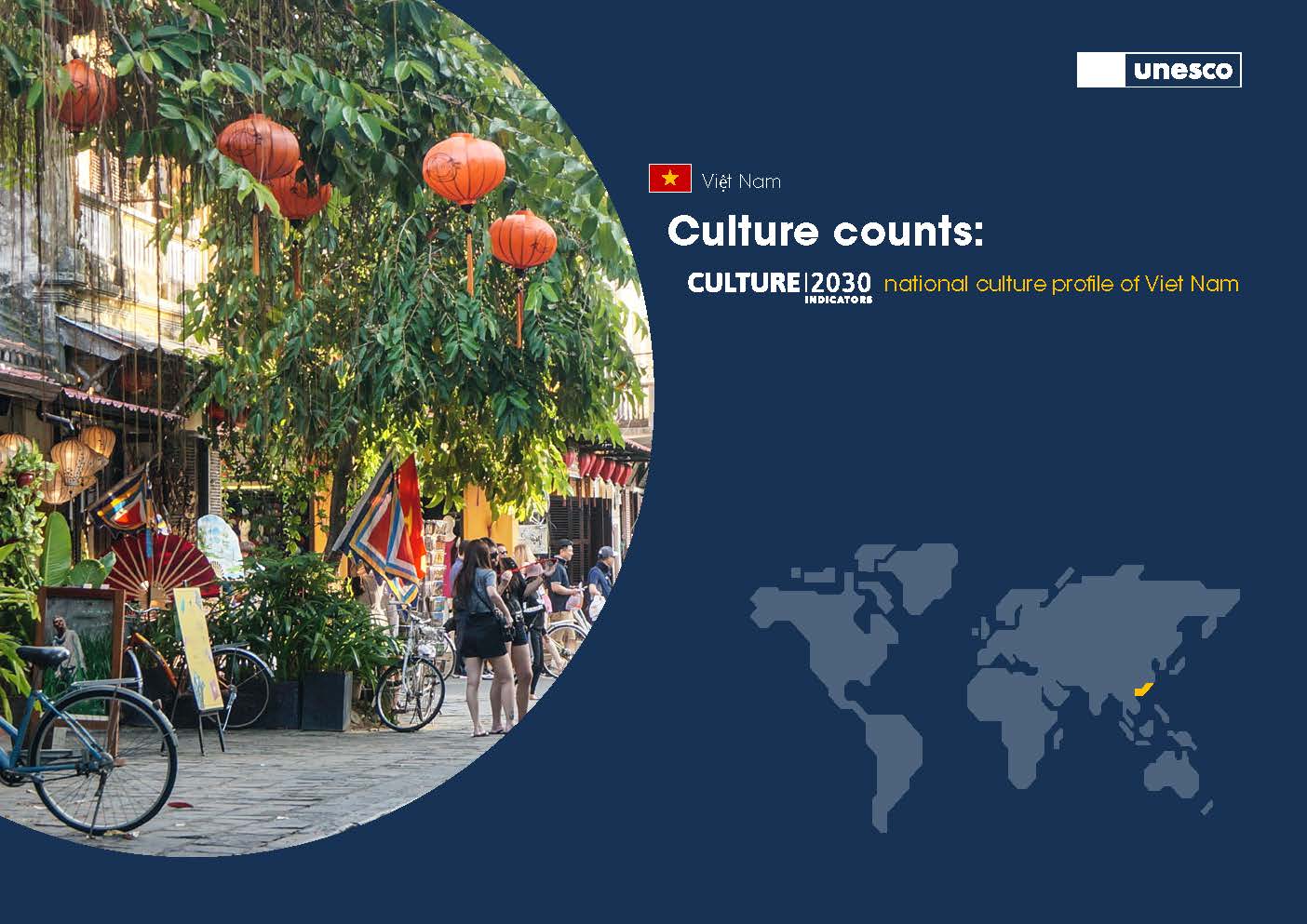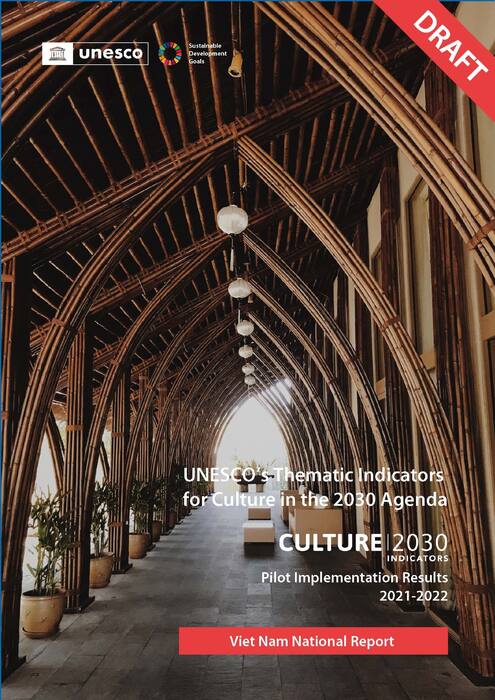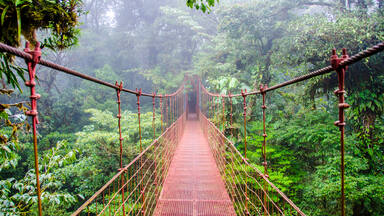Culture|2030 Indicators City of Alajuela Urban Report
The city of Alajuela is located in the province of the same name, which is one of the most extensive and diverse in the country, with altitudes ranging from 2,704 m in the Poás Volcano to 92 m above sea level. Over relatively short distances, drastic changes can be perceived, resulting in a great diversity of flora and fauna. The city of Alajuela is the capital of the province and the location of the Juan Santamaría International Airport, the most important in the country.
Alajuela aims to be a canton recognized nationally and internationally for proximity tourism activities that integrate the culture, nature and identity of Costa Rica, which contribute to substantially improve the competitiveness and quality of life of its inhabitants. The Juan Santamaría Museum exhibits locally produced handicrafts and recreates the history of the Battle of Santa Rosa, when Costa Rican troops defeated the filibusters commanded by William Walker, in 1856. The city also hosts the Mango Festival in June each year.
The Ministry of Culture and Youth led the implementation from November 2021 to August 2022; the national level implementation took place alongside the urban-level implementation in the city of Alajuela with the support of the Alajuela municipality. The project was implemented in a collaborative manner and mechanisms were put in place to support project implementation, which included the participation of the Technical Secretariate for the SDGs of the Ministry of Planning and Economic Policy (MIDEPLAN) that participated and provided support through their Statistical Unit.
UNESCO accompanied the implementation and preparation for the kick-off workshop, which started in November 2021 with a preliminary identification of relevant stakeholders. In February 2022, the workshop was organized, gathering over 17 stakeholders and 41 participants including representatives from the national level. Among these were representatives from four ministries; the National Institute for Statistics and Censuses; the Central Bank of Costa Rica; the Institute of Tourism; other institutions and civil society; and other competent entities whose work is informed by culture.
The main challenge identified throughout the workshop was the need to have information in line with the characteristics established by the methodology and the necessary breakdown, given that the local institutional infrastructure for data generation and processing is limited in Alajuela. To address this issue, groups were organized for each of the four thematic dimensions, composed of members of the local team. Implementation concluded in August 2022 with the organization of a restitution workshop to present and validate the results of the implementation, share key messages, and make visible culture’s contribution to sustainable development. It promoted results dissemination to encourage policy action and advocated for commitments from stakeholders to focus on strengthening data collection, measurement and monitoring for culture.
Culture Counts: Culture|2030 Indicators urban culture profile of Alajuela

For the first time, a publication series titled 'Culture counts: The Culture|2030 Indicators Culture Profiles' uncovers and offers evidence of the profound impact of culture on sustainable development. Read the issue for Alajuela.
Culture|2030 Indicators urban report of Alajuela

The summary results, key findings, analysis, and recommendations are based on the field document titled 'Culture|2030 Indicators National Report of Alajuela'.
Expenditure on heritage
In 2022 the Maintenance of Municipal Buildings with Heritage Value cost 13,537,479 colones.
Sustainable management of heritage
The canton of Alajuela registers 14 elements of historical interest. The city requires the mapping of a recognized and protected urban historic area, with a participatory management plan.
Climate adaptation & resilience
Absence of an institutional and policy framework, especially regardingrespect for and use of traditional knowledge and cultural practices for resilience.
Cultural facilities
The Central District of Alajuela gathers nearly all of the eight libraries, two cinemas, one museum and one art gallery and one theatre mapped. Neither traditional cultural spaces nor creative spaces were identified.
Open space for culture
The Municipality of Alajuela has 86 open public spaces, of which four are regularly used for cultural uses: the Juan Santamaría Park, the Calián Children's Park, the Central Park and El Arroyo Estercita Castro Park.
Culture in GDP
Data is not available.
Cultural employment
Data is not available.
Cultural businesses
Data is not available.
Household expenditure
Data is not available.
Trade in cultural goods & services
This indicator is only calculated at the national level.
Public finance for culture
The 2022 budget for cultural services was 157,954,650 colones corresponding to 491 colones per capita, while the budget for recreational and sports services was 270 million or 839 colones per capita.
Governance of culture
The Municipality of Alajuela has an annual operational plan that includes cultural, educational and recreational development activities that derive from the Institutional Strategic Plan of the Municipality. There are important opportunities for measures to support job creation and micro/small and medium-sized enterprises, a balanced gender contribution and participation, and the participation of cultural professionals and local communities.
Education for Sustainable Development
This indicator is only calculated at the national level.
Cultural knowledge
The topics of intangible cultural heritage and adaptation to climate change are addressed in primary and secondary school following the criteria adopted by teachers.
Multilingual education
About one-third and nearly half of instructional hours are dedicated to languages at primary and lower secondary educational level.
Cultural & artistic education
About one of every five hours in lower secondary education.
Cultural training
Data is not available.
Culture for social cohesion
This indicator is only calculated at the national level.
Artistic freedom
This indicator is only calculated at the national level.
Access to culture
Of the eight existing libraries, six are located in the central district of Alajuela; there is one in the district of Desamparados and one more in Garita. The museum, the theatre, the gallery and the two cinemas are also located in the central district of Alajuela.
Cultural participation
In 2021, library visits nearly doubled from 2020, indicating post-COVID recovery. The local museum had three times more visitors than libraries, but their increase was smaller (less than 25%). Theatre visits saw a much more modest increase (less than 15%).
Participatory processes
This indicator is only calculated at the national level.
-
The core cultural facilities are in place in Alajuela (1). However, there is little sign of development and planning to support them (12).
-
Intangible heritage and climate change are learned about in both primary and secondary school (14), raising awareness and initiating change from education.
-
Intangible heritage has a clear presence in the use of the open spaces in the city (5).
Concepts of sustainable development lie at the core of the UNESCO Culture Conventions and programmes, each of them bringing a specific perspective or focus in line with its individual scope and conceptual framework. With the adoption of the 2030 Agenda, all of the Conventions have incorporated relevant SDGs within their implementation and monitoring mechanisms by aligning their concepts and identifying specific SDGs or Targets to be integrated into their results framework.
The UNESCO Culture|2030 Indicators framework integrates data from reporting on UNESCO Culture Conventions and programmes. Periodic reporting is one of the core monitoring mechanisms of the UNESCO Culture Conventions. The date of Viet Nam’s participation in UNESCO reporting is recorded by last submission in the timeline below.
Date of participation in UNESCO Reporting by last submission.
Convention for the Protection of Cultural Property in the Event of Armed Conflict and its two protocols
Convention on the Means of Prohibiting and Preventing the Illicit Import, Expert and Transfer of Ownership of Cultural Property
Convention Concerning the Protection of World Cultural and Natural Heritage
Convention on the Protection of the Underwater Cultural Heritage
Convention for the Safeguarding of the Intangible Cultural Heritage
Convention on the Protection and Promotion of the Diversity of Cultural Expressions
Recommendation concerning the Protection and Promotion of Museums and Collections, their Diversity and their Role in Society
Recommendation on the Historic Urban Landscape
Recommendation on the Status of the Artist
Culture's transversal contribution towards the 2030 Agenda is captured in the framework. In Alejuela, culture's direct contribution in achieving progress towards the targets of the 2030 agenda is summarized in the following highlights.

Sustainable cities and communities
SDG 11.4: Protect and safeguard cultural and natural heritage
SDG 11.7: Inclusive public spaces
Alajuela has a significant number of heritage properties, but the city spends much less per capita than at national level. Nevertheless, this figure does not include private spending (1).
Alajuela has four main public open spaces that are used for cultural events (5). In 2022, half of these events were performances, while almost one-quarter were concerned with design and creative services.
Policy
- Strengthen the institutional, regulatory and policy framework, specifically for the promotion of cultural activities and industries and the protection and promotion of heritage, with an inter-institutional and cross-cutting approach (12). Promote in particular the strategic importance of culture and creative industries for sustainable development in the Municipal Development Plan (12) and set up a Cultural Development Plan structured around objectives, goals, strategies, lines of action, programmes and measures and opportunities for the promotion of local cultural products.
- Develop institutional mechanisms for dialogue between local authorities and representatives of artists and cultural professionals (19).
- Design and implement specific programmes and measures to recognize, protect and manage cultural heritage (historic urban area and buildings) (2), including vis-à-vis risks caused by climate change (3).
- Support, through tax measures and incentives, job creation (7) and growth of cultural enterprises (8), for which data are currently missing.
- Raise awareness of decision-makers and the general public on the contribution of culture to well-being and sustainable development (12).
- Adopt policies that recognize and promote the role of women in defining cultural activities and products within their communities (19) as well as a gender balanced contribution to policy-making (21), which should also involve cultural professionals and local communities (22).
Data
- The city should undertake a survey of the pattern of cultural activity to meet residents’ needs, understand tourist activity and gather information on attendance and participation in artistic and cultural activities, disaggregated by sex in order to promote gender balanced access to culture (21).
- Assess all municipal expenditures in cultural and natural heritage to draw a comprehensive picture of the financial resources allocated by the local government to the protection and promotion of heritage (1).
- Build a database, based on a directory of companies (8) in the creative sector operating in Alajuela and then include additional information on jobs generated (7) and other economic data (6).
- Identify the data corresponding to indicator (17), in terms of students and graduates in cultural training, and compare with the profile of the local creative companies.
